Authors: Simone & Andrea
In general, human activities can positively and negatively influence the environment in which organisms inhabit. Every organism on this earth plays an important role in maintaining the balance of life no matter the size. Scientists may research the study of life on a small scale in order for us to better understand how small organisms can influence the environment in big ways. If in a community a small factor is harmed there might be consequences for those who heavily depend on it.
Our marine biology class participated in the LiMPETS sandy beach monitoring program on September 20th, 2014 at Ocean Beach located in San Francisco. We took 50 cores from the beach and recorded how many sand crabs were found per core. We did this so we could analyze and compare the sand crab population in the 11 years that data were collected. This is necessary in order to have a complete picture of any changes in the population.
After monitoring, we became curious about where sand crabs were most abundant on Ocean Beach (north, central, and south). We looked at all of the data collected along Ocean Beach in the past three years, from 2012-2014.
Based on the data we collected, our results showed us that there were consistently more crabs on the northern end of Ocean Beach. Also, as the years progressed there was an increase in the number of sand crabs on the southern part of the beach. Sand crab abundance fluctuated over the course of three years at the north and central sections of the beach. Abundance was highest in 2014 at the north section but there was more data for this section than the other sections.

Even though sand crabs are incredibly small they play an important role in the food chain of sandy beaches. By keeping track of the population of sand crabs for long periods of time we are able to see if they are thriving and doing well. They are vital to the ecosystem they live in and it is important to keep them healthy.




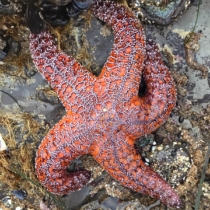
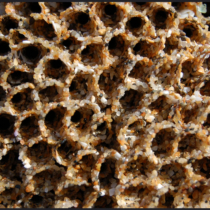















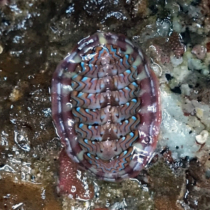

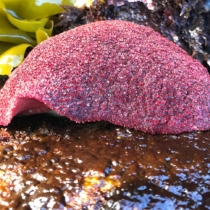








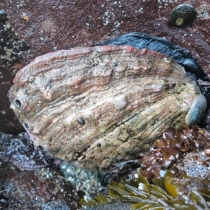

Interesting look at sand crabs on Ocean Beach! So why do you think sand crabs are most abundant at the northern section of Ocean Beach? Currents? Food availability? It’s curious because the northern end of Ocean Beach is also the section that probably gets most visited by people too.
This is a really interesting assessment! I definitely agree that even small organisms have large effects on an ecosystem. How do you think the location of the sand crabs on the beach affects the rest of the ecosystem? Does the movement of birds along with crabs affect other organisms? It would also be interesting to see what human impacts change the location of sand crabs.
Nice blog!
Great blog guys!
I thought your blog was interesting but also straight to the point. When you talked about human activities affecting the environment, it reminded me of my groups’ blog about the Cosco Busan oil spill. Human interaction has a big impact in almost everything. Do you think that the population of sand crabs will continue to fluctuate or remain the same?
You guys did a good job.
April